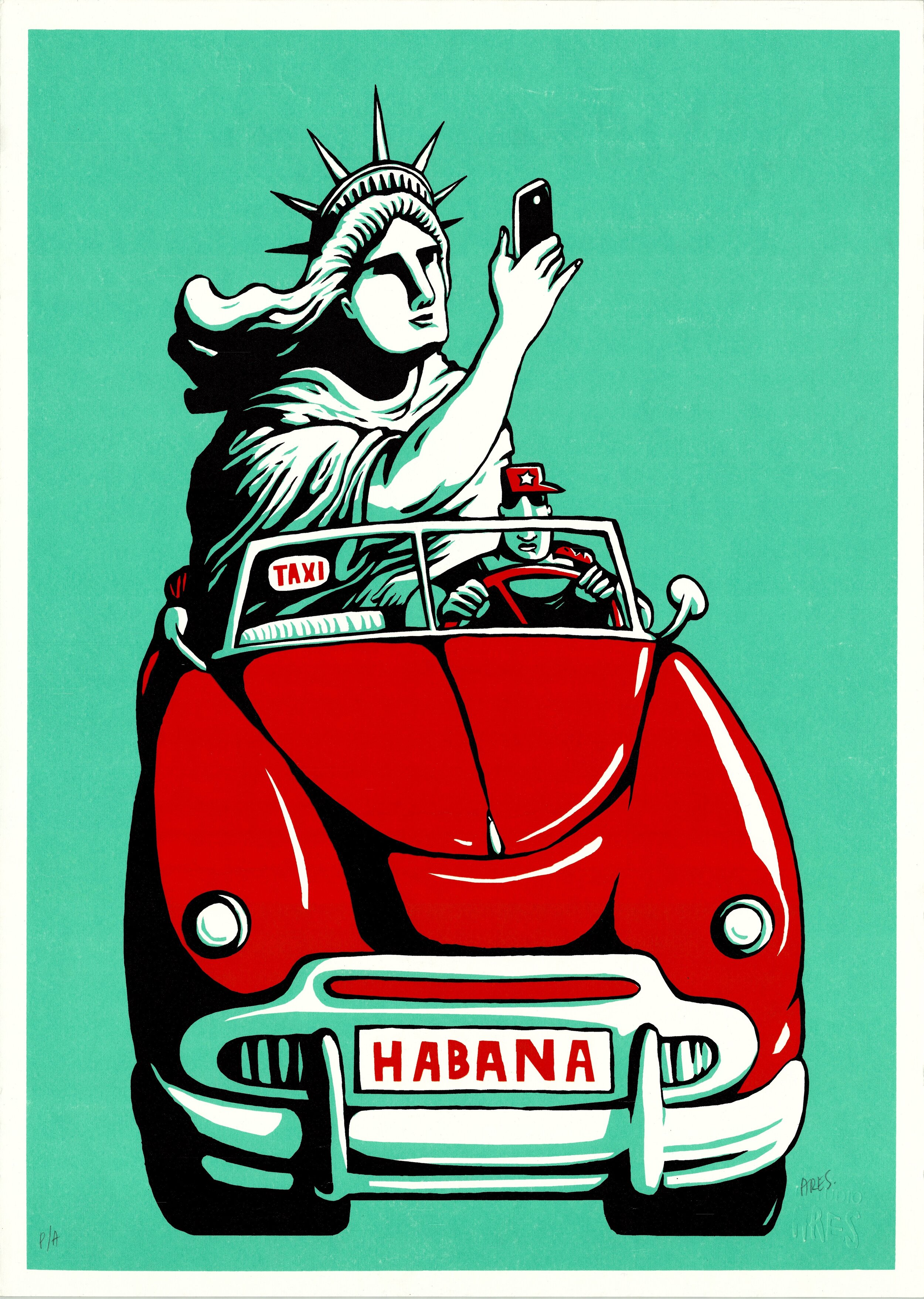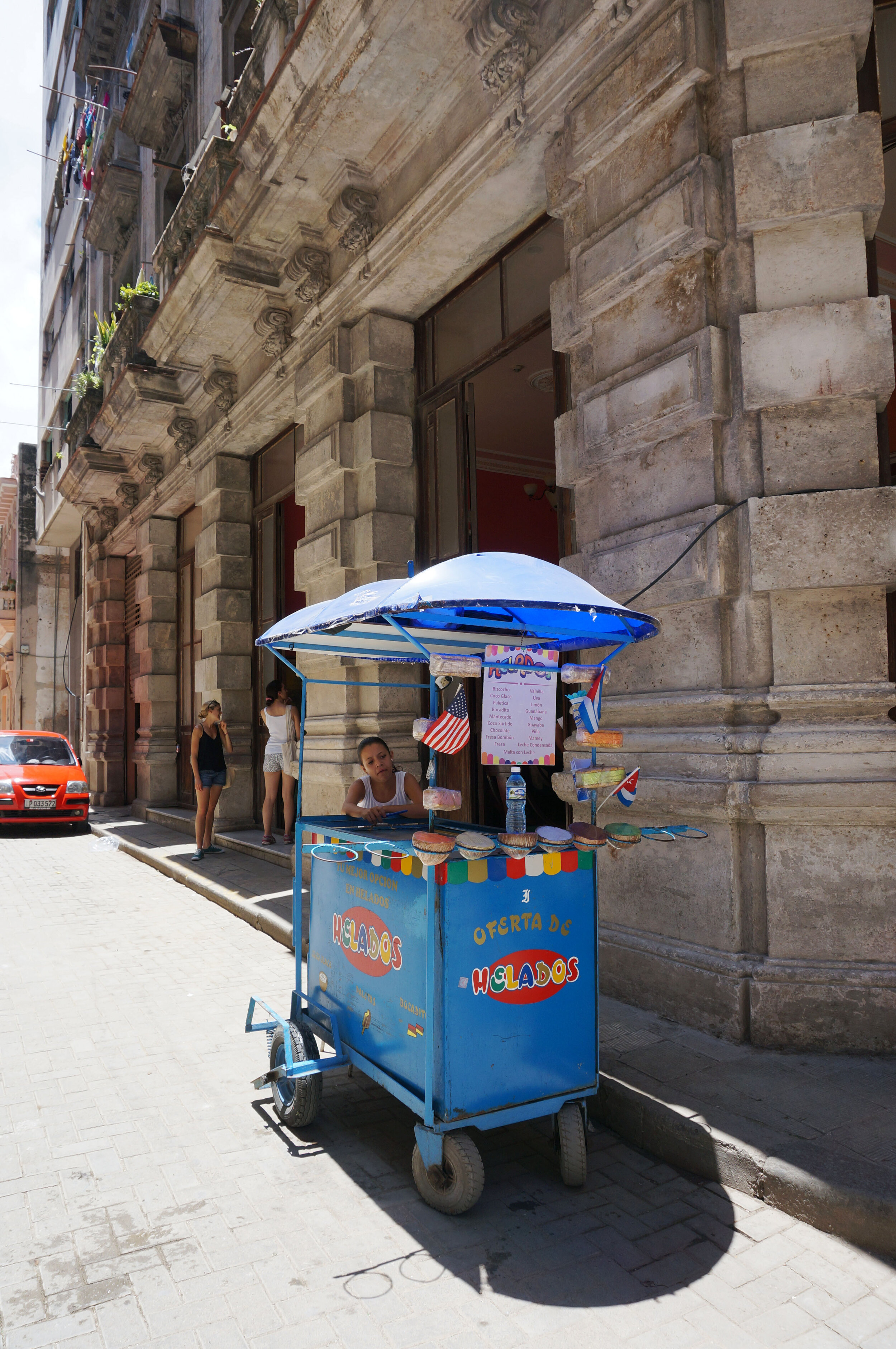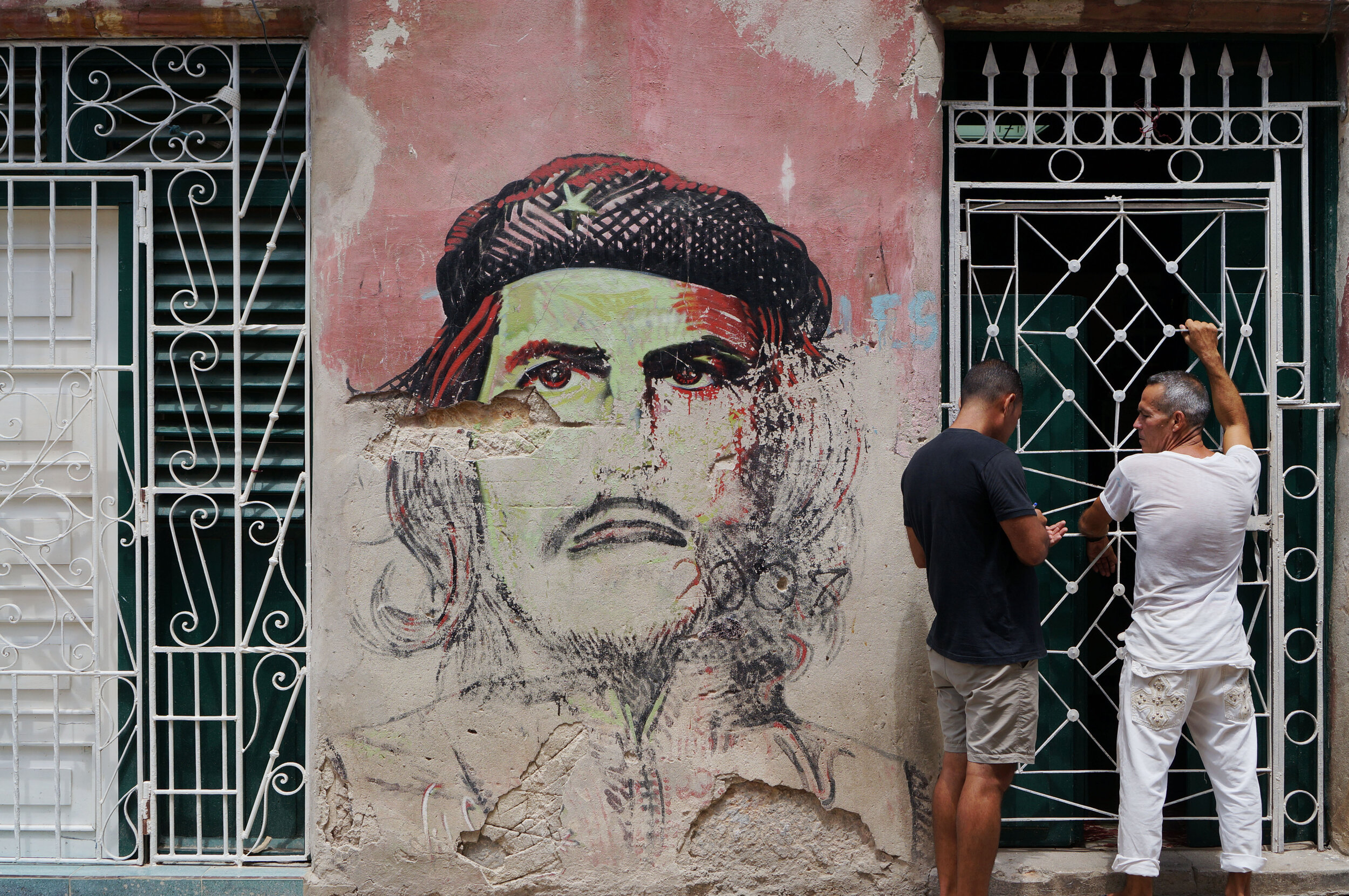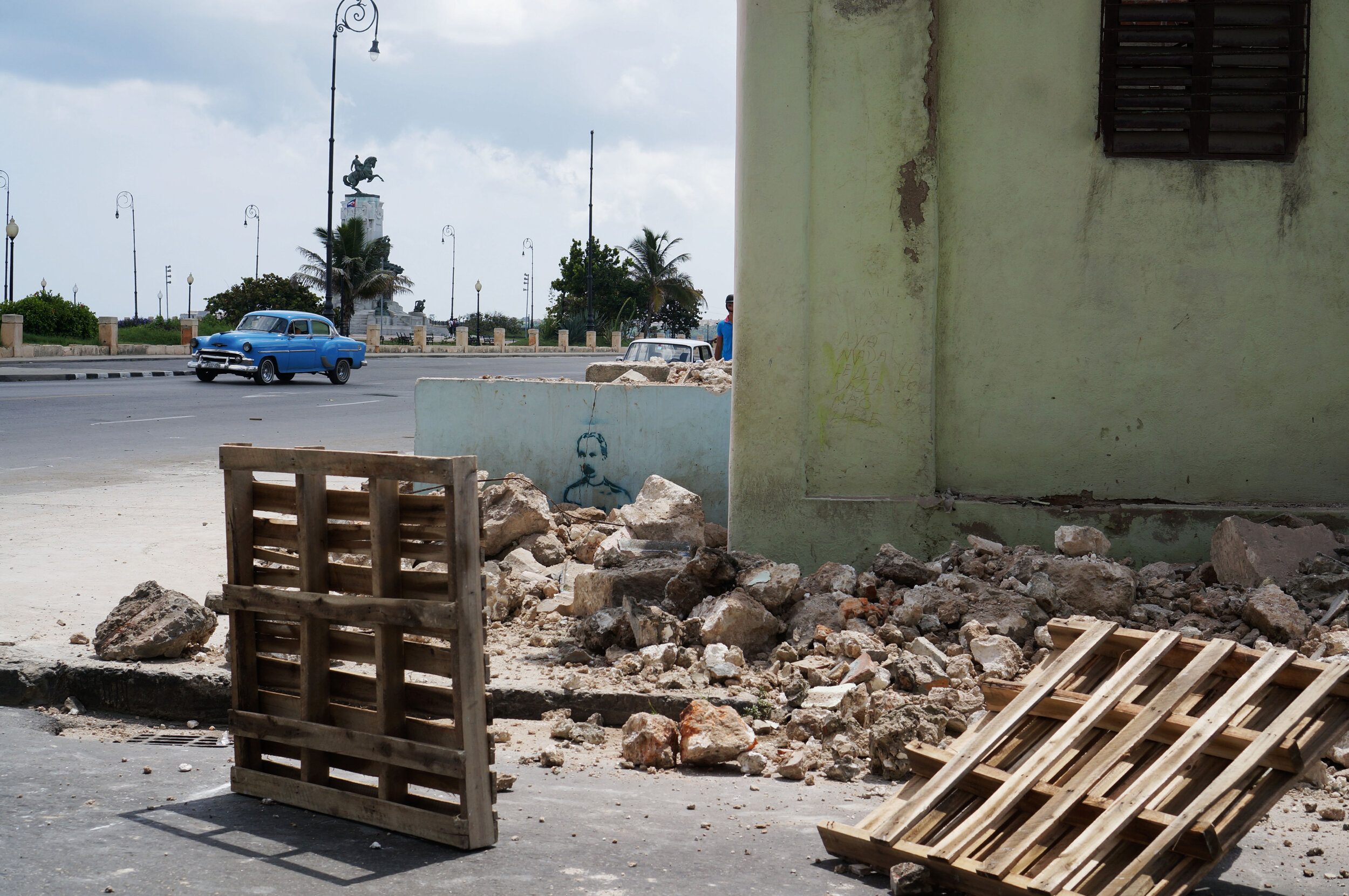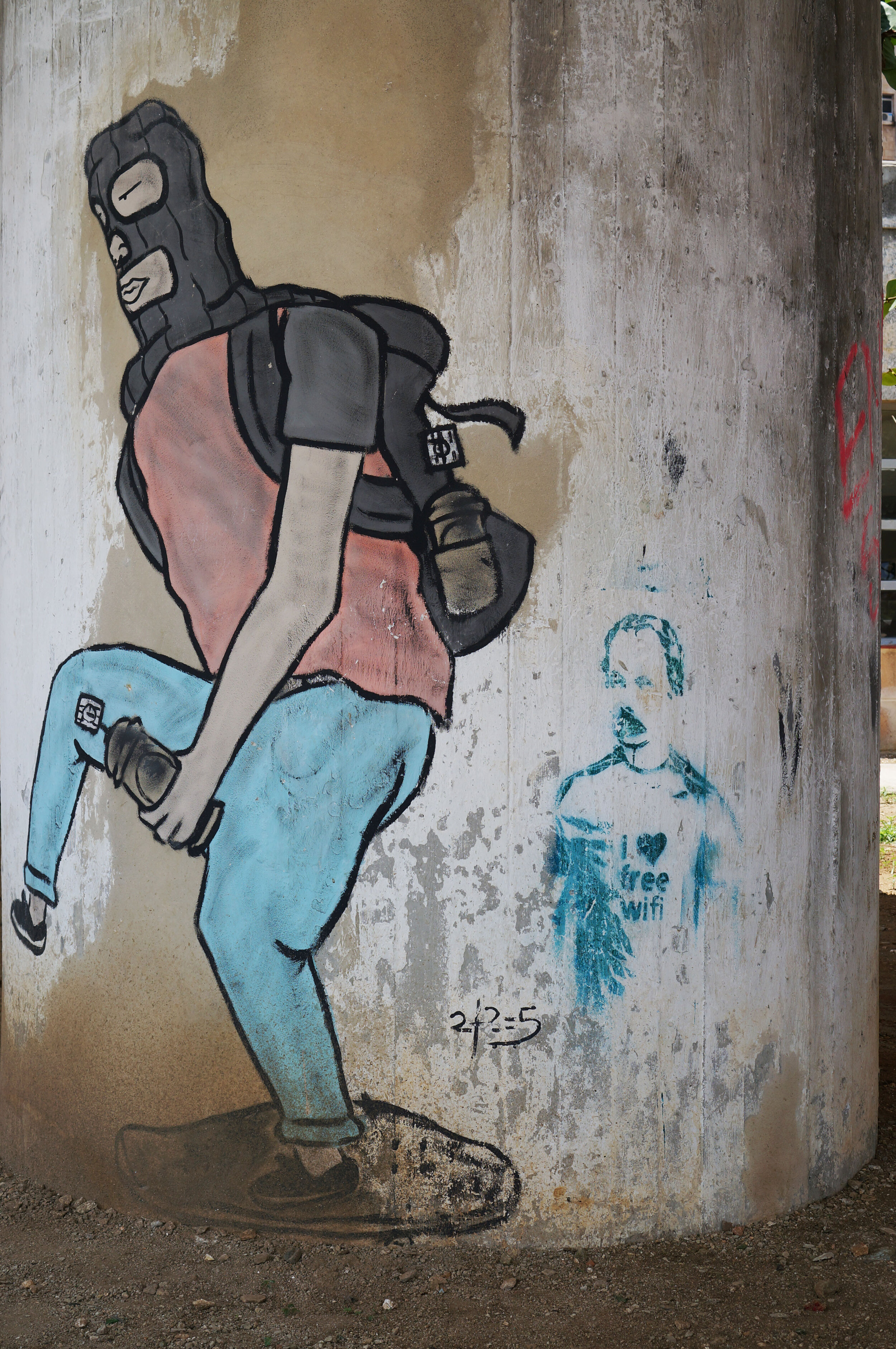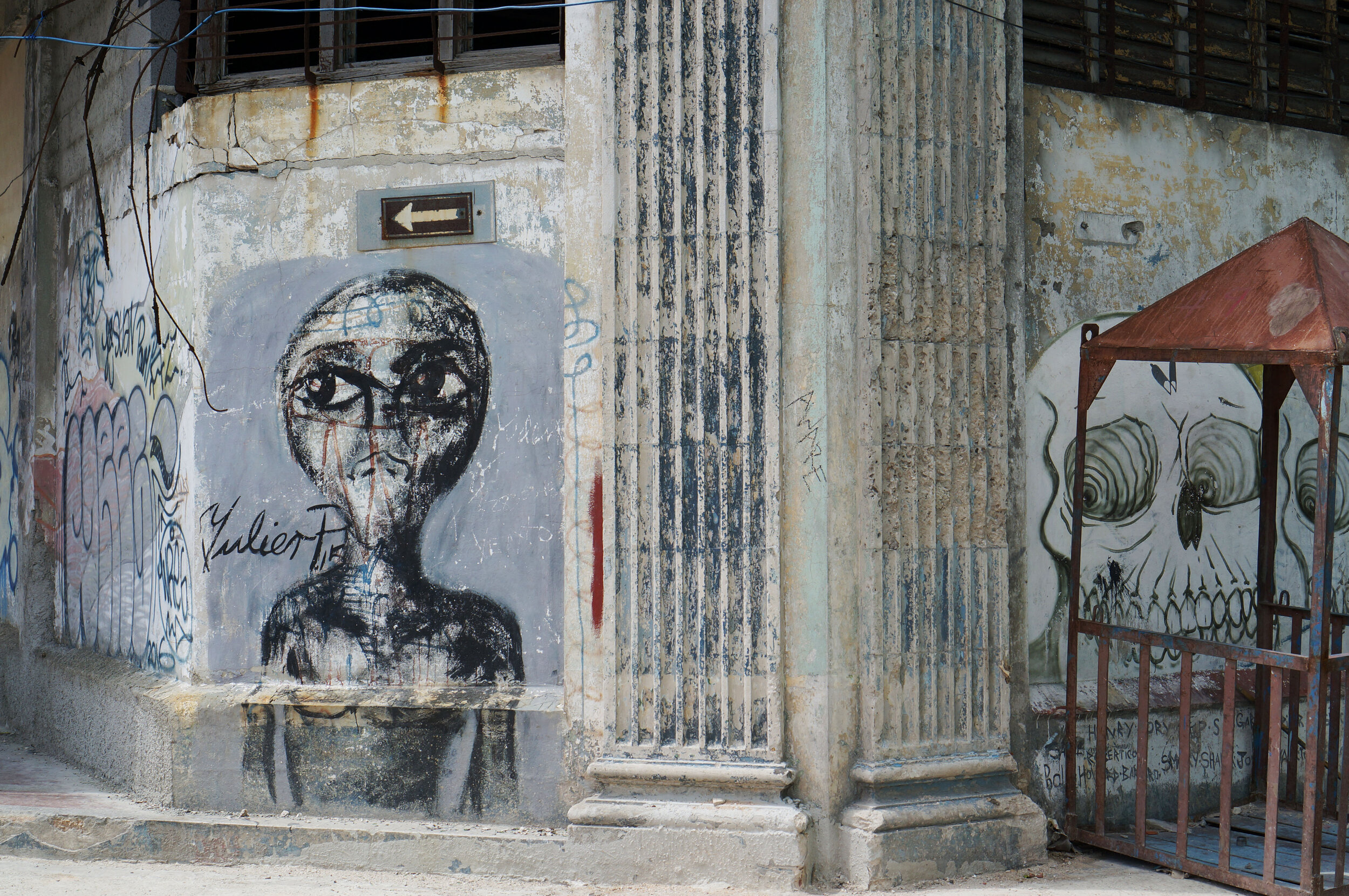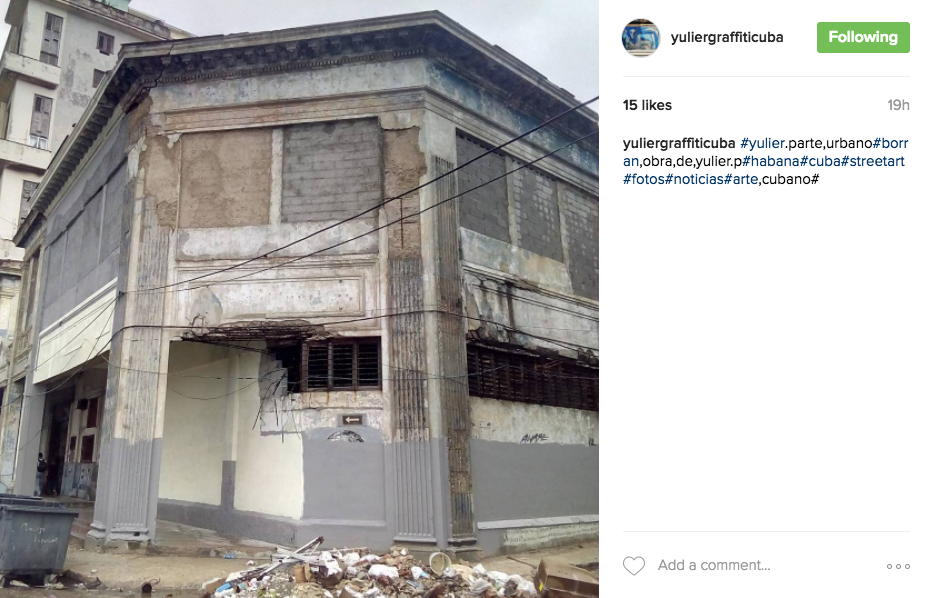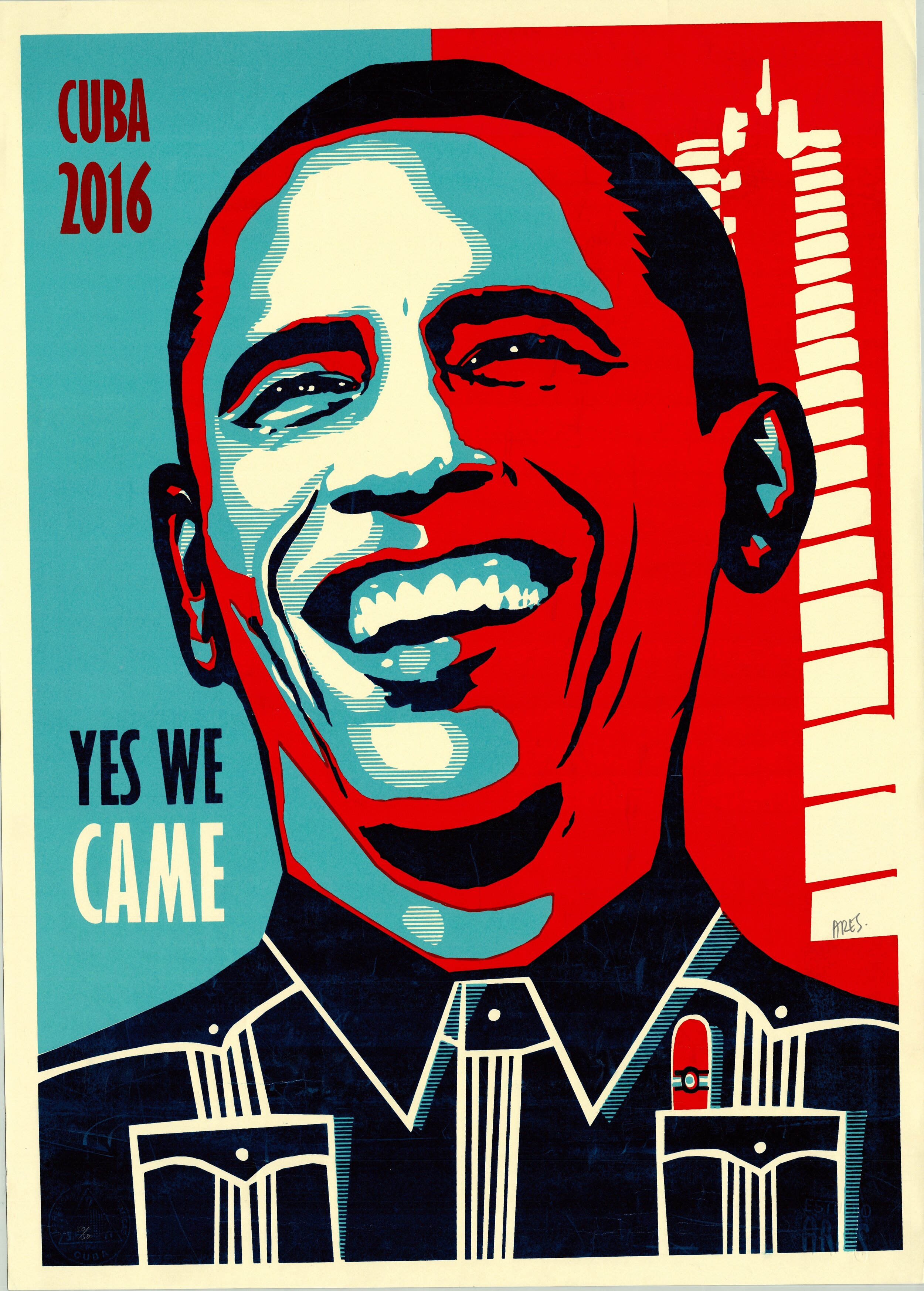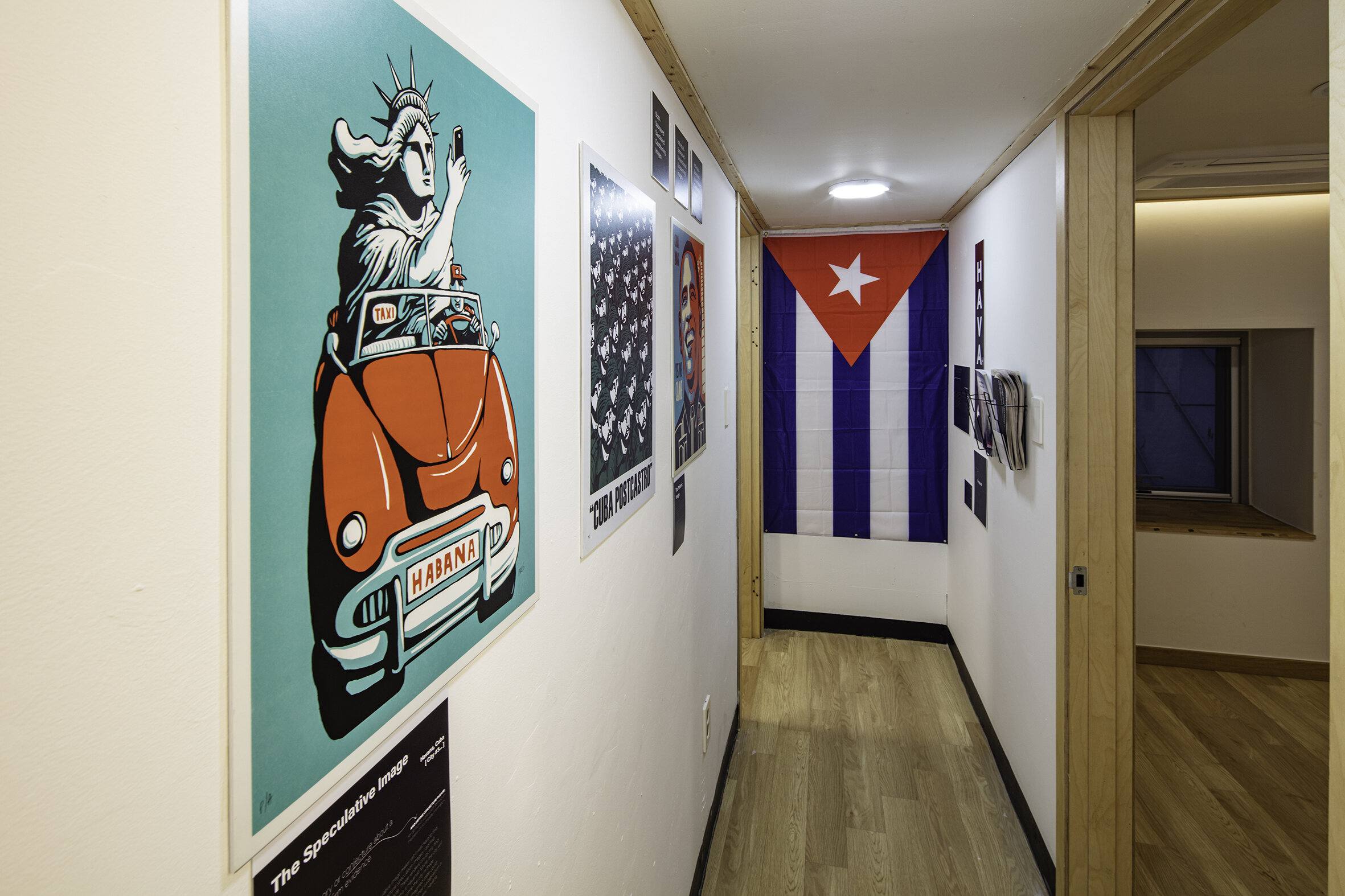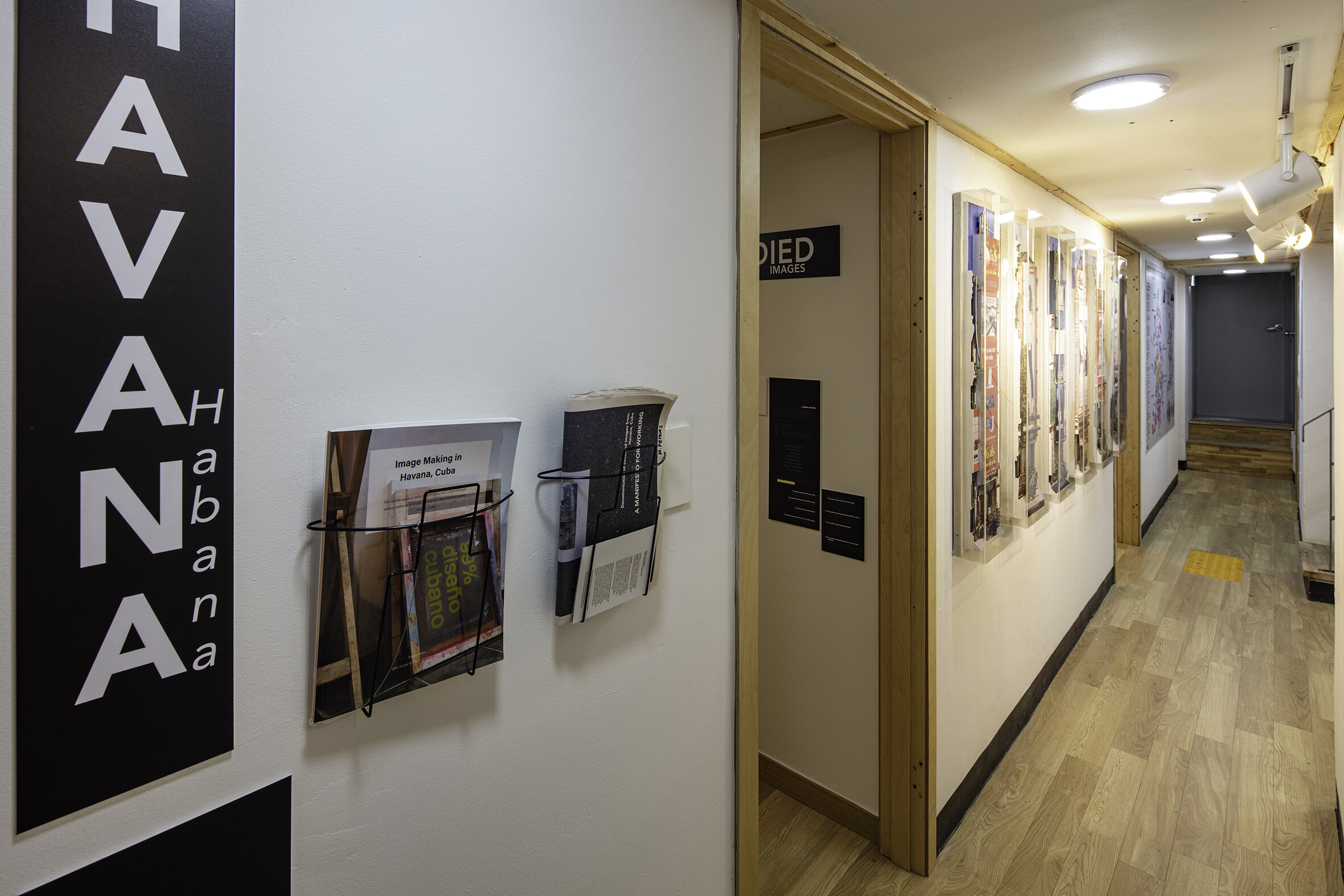The Image of Havana
Image making + city identity creation in Havana, Cuba
Exhibited at Taubman College (2017) + Seoul Biennale of Architecture and Urbanism (2019)
City #1 - The Aesthetic Image
Classic cars, crumbling architecture, fat cigars, dark rum, and despotic leaders. These are the images that Havana evokes to an outsider. Analyzing the effects of the external gaze, aesthetics, distance, and the role of photography, these images reveal a city that has become more real in its fantastical image than in its real one.
City #2 - The Embodied Image
The images found within Havana tell complex stories of patriotism, propaganda, self-expression, and cultural identity. They are powerful in ways that either command their audience into deference or empower the questioning of the status quo. Try as a government might to muf e and censor free speech, Cuban-authored images persist and nd a way to prevail using calculated and clever means; revealing a city that is actively pursuing an identity of its own creation.
This work is an investigation into how images of Havana, Cuba are created, disseminated, and employed to shape the city’s two identities.
What facilitates the phenomenon of one Havana with two distinct identities is the difference between the external gaze and the internal gaze of the city. The external gaze is characterized by aesthetic distance and this is what leads to representations laden with misplaced nostalgia, the romanticization of decay and poverty, and the overall objectification of the city.
The internal gaze embodies imagery with an agenda, as questions of Cuban modernity, politics, authenticity, and identity all begin to arise. Havana is an urban environment where both aesthetics and politics were heady and forefront in all aspects - physically, emotionally, politically, socially. Put another way, how Havana looks and how it is governed are the two most prominent characterizations of the city.
Architecture, and our understanding of it, is deeply rooted in the visual and the information we obtain from the aesthetic experience. Using the eye of an architect, this work begins to understand how representations are complicit in not only passively representing a city but also in actively creating one.

